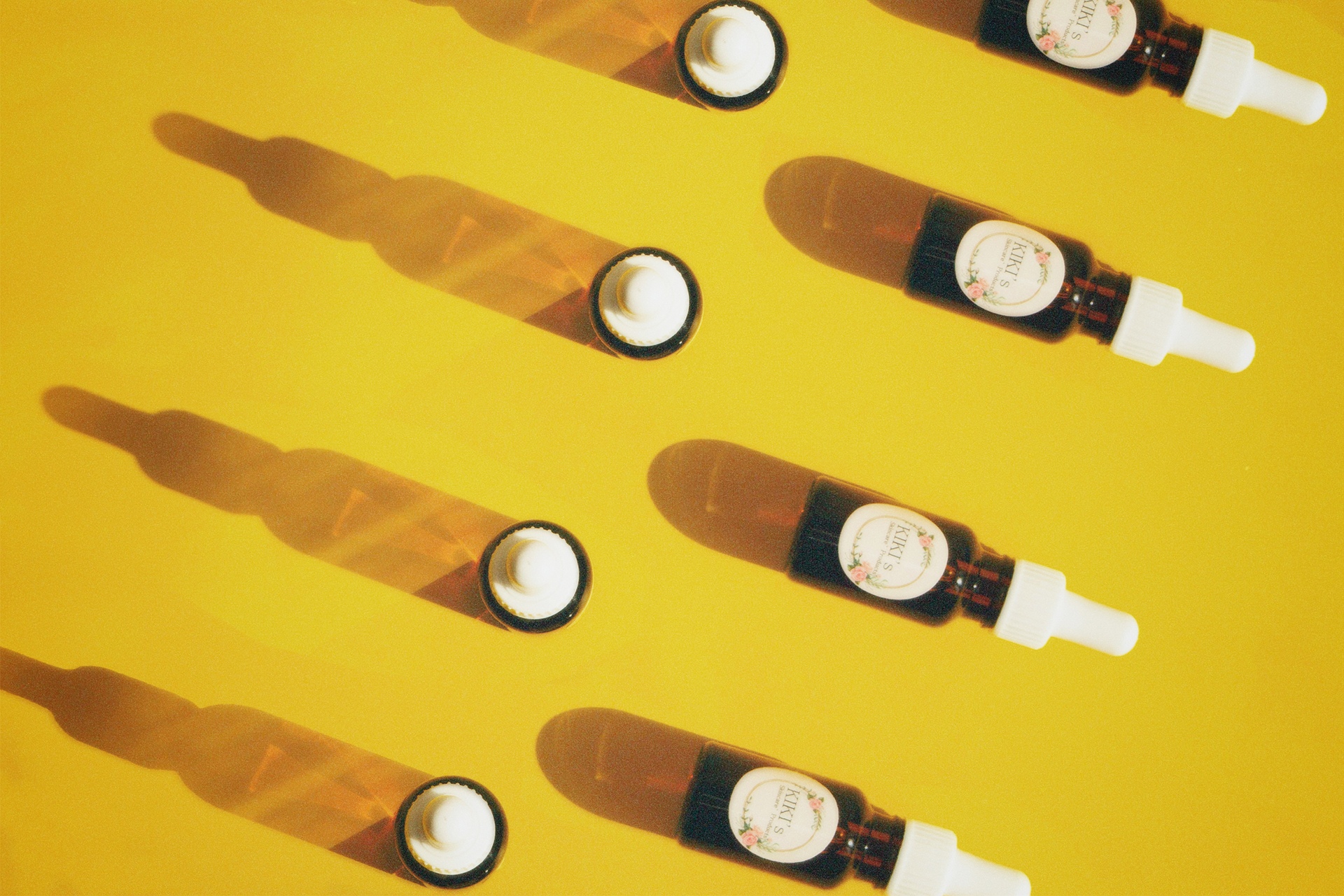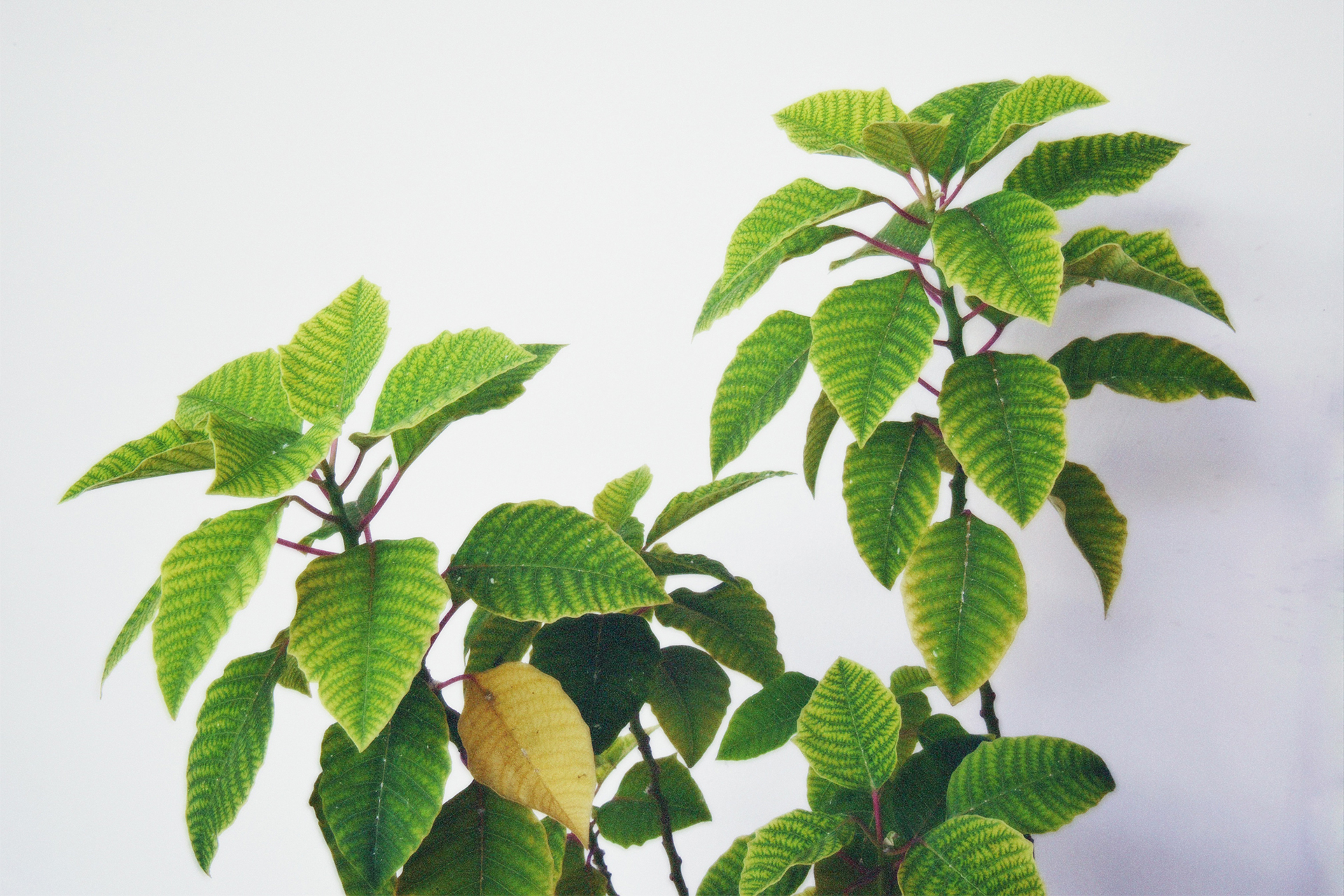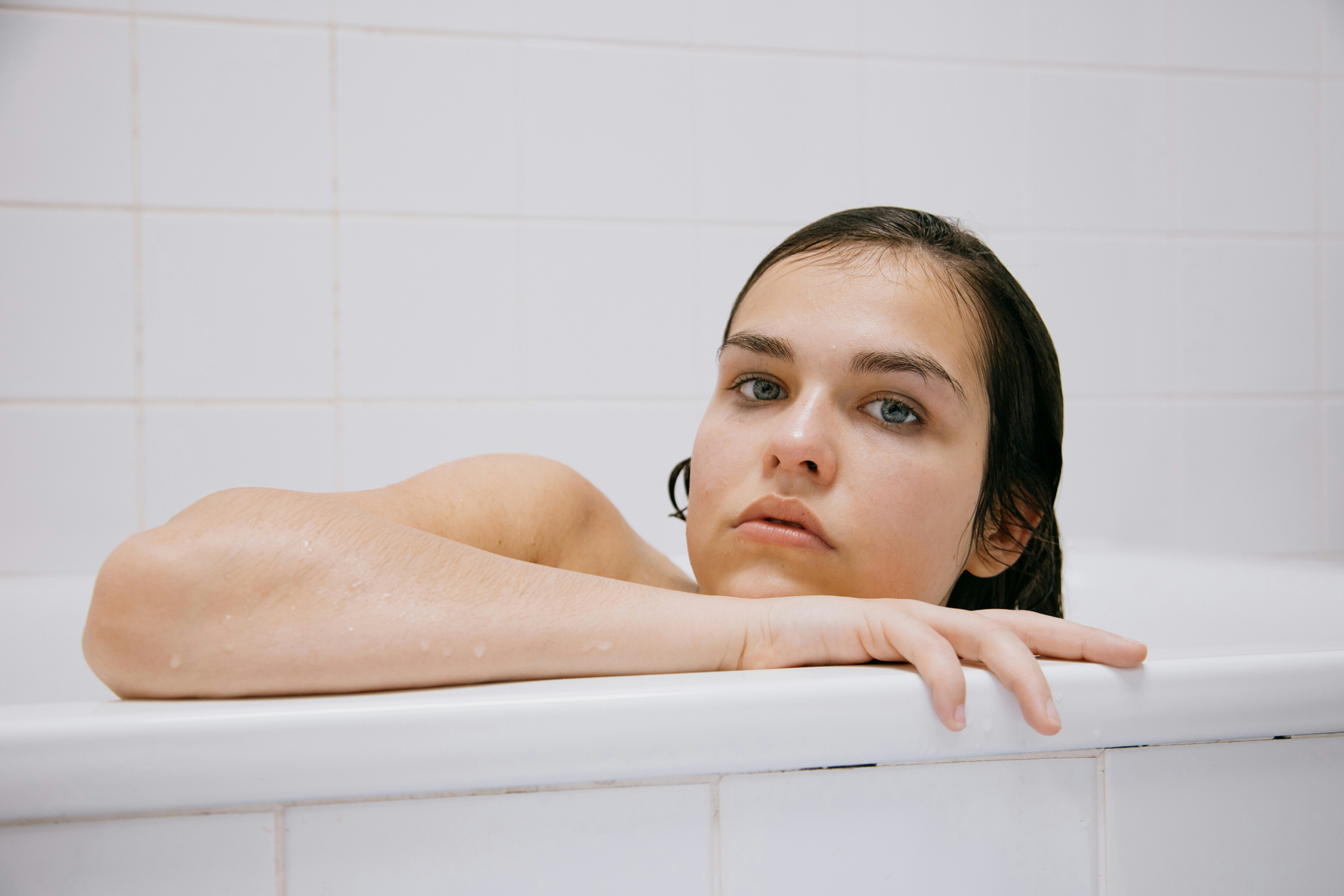The Ultimate Skincare Routine for Oily Skin: Expert-Approved Tips and Products
Oily skin can be a challenging skin type to manage effectively. However, with a comprehensive, expert-approved skincare routine, it is possible to achieve a balanced, clear, and radiant complexion. This detailed guide is specifically designed for individuals dealing with excess sebum production. It walks you through each step of a dermatologist-approved regimen that targets the unique needs of oily skin, from selecting the perfect cleanser to choosing the right moisturizer and sunscreen. With the right approach, you can ensure your skin looks its best and remains healthy.
Understanding Oily Skin
Oily skin results from overactive sebaceous glands that produce excess sebum, leading to a shiny appearance, enlarged pores, and frequent acne breakouts. Several factors influence oily skin, including genetics, hormonal changes, environmental conditions, and dietary habits. Managing oily skin effectively requires a tailored routine that reduces excessive oil without stripping the skin of essential moisture.
Detailed Morning Skincare Routine for Oily Skin
Step 1: Cleansing
Start your day with a gentle, foaming cleanser designed for oily skin. Products containing salicylic acid, glycolic acid, or benzoyl peroxide are beneficial because they help reduce oiliness while unclogging pores. The CeraVe Foaming Facial Cleanser is highly recommended for its efficacy in balancing and refreshing oily skin without compromising the skin’s natural barrier.
Step 2: Toning
Use a good quality toner to restore the skin’s pH balance and tighten pores. Opt for alcohol-free formulas that contain ingredients like niacinamide or witch hazel, which help control oil production and refine skin texture. Paula’s Choice Skin Balancing Pore-Reducing Toner is an excellent choice for its ability to minimize pores and regulate sebum.
Step 3: Serum
Apply a lightweight serum that includes ingredients such as niacinamide or hyaluronic acid, which regulate oil production and offer hydration. The Ordinary Niacinamide 10% + Zinc 1% is an affordable and effective option that diminishes sebum activity and improves overall skin texture.
Step 4: Moisturizer
Hydration is critical even for oily skin. Choose an oil-free, non-comedogenic moisturizer that hydrates without adding greasiness. Neutrogena Hydro Boost Water Gel provides essential hydration without contributing to excess oil.
Step 5: Sunscreen
Finish with a broad-spectrum sunscreen with an SPF of 30 or higher that is oil-free. EltaMD UV Clear Broad-Spectrum SPF 46 is specifically formulated for oily and acne-prone skin, offering sun protection without causing additional breakouts.
Comprehensive Evening Skincare Routine for Oily Skin
Step 1: Double Cleansing
Start with an oil-based cleanser to dissolve makeup and sunscreen, followed by your morning foaming cleanser to ensure all residues are removed, leaving your skin impeccably clean.
Step 2: Exfoliating
Two to three times a week, include an exfoliant in your routine. Choose products containing BHAs like salicylic acid, which are ideal for oily skin as they penetrate deep into the pores to remove dead skin cells and control oil production. Paula’s Choice SKIN PERFECTING 2% BHA Liquid Exfoliant is gentle yet effective, suitable for regular use.
Step 3: Treatment
If dealing with acne or significant oiliness, consider a targeted treatment with ingredients like retinol or benzoyl peroxide in the evening. La Roche-Posay Effaclar Duo Dual Action Acne Treatment not only treats acne but also controls oil production without over-drying the skin.
Step 4: Moisturize
Reapply a lightweight, oil-free moisturizer to nourish and hydrate your skin overnight without adding oiliness.
Weekly Treatments
Incorporate a clay mask once a week to deeply cleanse pores and lift impurities. Masks containing kaolin or bentonite clay, such as the SkinCeuticals Clarifying Clay Masque, are excellent for absorbing excess oil and improving skin clarity.
Additional Tips for Managing Oily Skin
- Blotting Papers: Keep blotting papers handy to dab away excess oil throughout the day without stripping away moisture or disrupting makeup.
- Diet and Hydration: Increasing water intake and reducing high glycemic foods can significantly improve skin quality and reduce oiliness.
- Regular Dermatologist Visits: Consult with a dermatologist to tailor your skincare regime or for persistent issues.
Conclusion
Adhering to this detailed skincare routine and using recommended products can lead to significant improvements in the appearance and health of oily skin. Remember, consistency is key in skincare; maintaining regular adherence to this routine will help manage oily skin effectively and maintain a clear, radiant complexion. Engage with skincare communities online to share experiences and learn more about managing oily skin, leveraging collective knowledge for better skin health.



